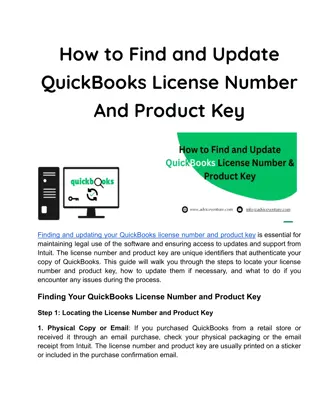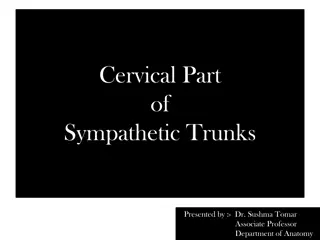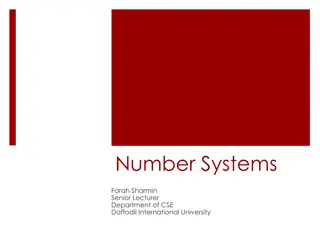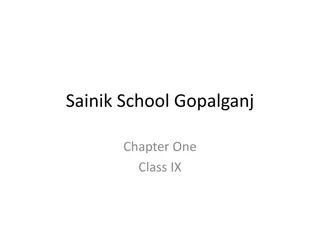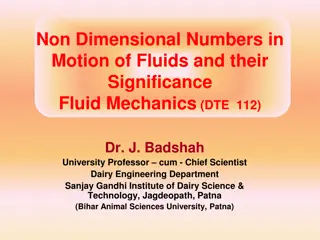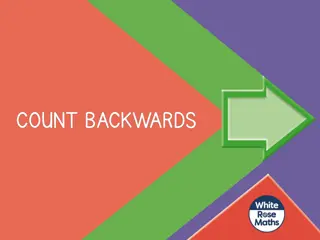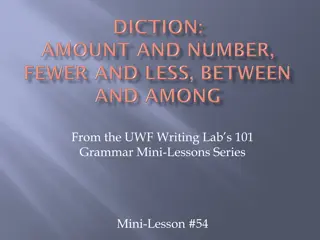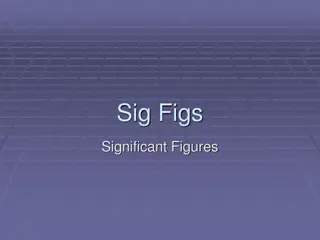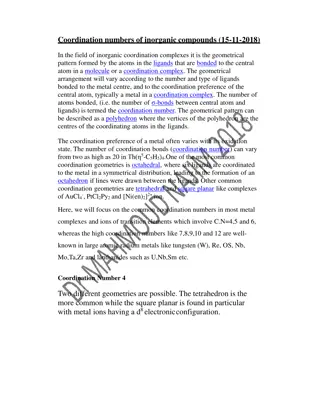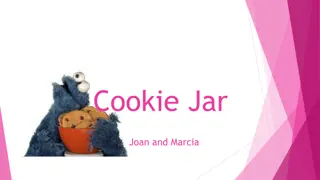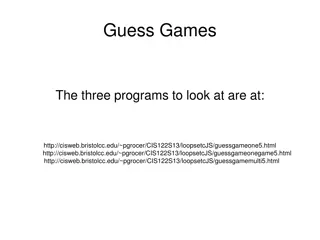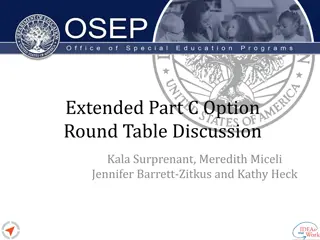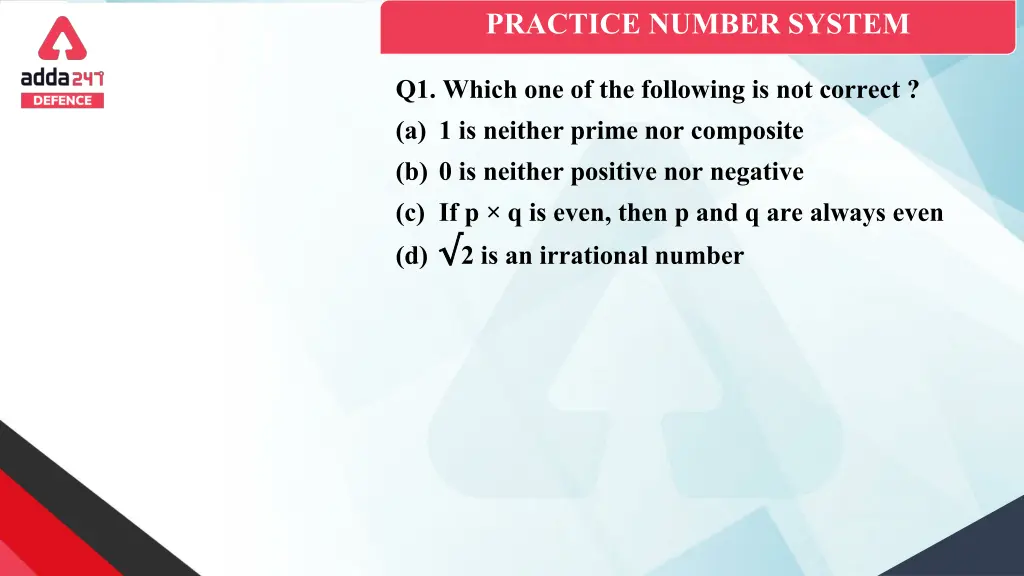
Practice Number System Questions and Answers
Test your knowledge on number systems with these practice questions covering various concepts such as prime numbers, rational and irrational numbers, and more. Check your understanding and learn from the explanations provided for each question.
Download Presentation

Please find below an Image/Link to download the presentation.
The content on the website is provided AS IS for your information and personal use only. It may not be sold, licensed, or shared on other websites without obtaining consent from the author. If you encounter any issues during the download, it is possible that the publisher has removed the file from their server.
You are allowed to download the files provided on this website for personal or commercial use, subject to the condition that they are used lawfully. All files are the property of their respective owners.
The content on the website is provided AS IS for your information and personal use only. It may not be sold, licensed, or shared on other websites without obtaining consent from the author.
E N D
Presentation Transcript
PRACTICE NUMBER SYSTEM Q1. Which one of the following is not correct ? (a) 1 is neither prime nor composite (b) 0 is neither positive nor negative (c) If p q is even, then p and q are always even (d) 2 is an irrational number
PRACTICE NUMBER SYSTEM Q2. If n is a natural number, then n is (a) Always a natural number. (b) Always a rational number (c) Always an irrational number (d) Either a natural number or an irrational number.
PRACTICE NUMBER SYSTEM Q3. Which one of he following is correct ? (a) Decimal expansion of a rational number is terminating (b) Decimal expansion of a rational number is non- terminating (c) Decimal expansion of an irrational number is terminating (d) Decimal expansion of an irrational number is non-terminating and nonrepeating.
PRACTICE NUMBER SYSTEM Q4. All odd prime numbers up to 110 are multiplied together. What is the unit digit in the product ? (a) 0 (b) 3 (c) 5 (d) None of these
PRACTICE NUMBER SYSTEM Q5. What is the value of x for which x, x +1 and x +3 all are prime number ? (a) 0 (b) 2 (c) 1 (d) 101
PRACTICE NUMBER SYSTEM Q6. If N - 33, N - 31 and N - 29 are prime numbers, then what is the number of possible values of N, where N is an integer ? (a) 1 (b) 2 (c) 6 (d) None of these
PRACTICE NUMBER SYSTEM Q7. The sum of there prime numbers is 100. If one of them exceeds another by 36, then one of the numbers is ? (a) 17 (b) 29 (c) 43 (d) None of these
PRACTICE NUMBER SYSTEM Q8. Consider the following statements 1. Of two consecutive integers one of even. 2. Square of an odd integer is the form 8n + 1 Which of the above statements is/are correct ? (a) Only I (b) Only 2 (c) Both 1 and 2 (d) Neither 1 nor 2
PRACTICE NUMBER SYSTEM Q9. Which one of the following rational numbers has non- terminating and repeating decimal expansion ? (a) 15/1600 (b) 23/8 (c) 35/50 (d) 17/6
PRACTICE NUMBER SYSTEM Q10. Consider the following statements in respect of two integers p and q (both > 1) which are relatively prime : 1. Both p and q may be prime numbers. 2. Both p and q may be composite numbers. 3. One of P and q may be composite numbers Which of the above statements are correct ? (a) 1 and 2 only (b) 2 and 3 only (c) 1 and 3 only (d) 1, 2 and 3
PRACTICE NUMBER SYSTEM Q11. Which of the following statements is not true ? (a) The difference of two prime numbers, both greater than 2, is divisible by 2. (b) For two different integers m, n and a prime number p, if p divides the product m n, then p divides either m or n. (c) If a number is of the form 6n 1 (n being a natural number), then it is a prime number. (d) There is only one set of three prime numbers such that there is a gap of 2 between two adjacent prime numbers.
PRACTICE NUMBER SYSTEM Q12. AB is 2 digit prime number where A is not equal to B, if digits are reversed new number BA is also a prime number. Then find sum of all such numbers. (a) 374 (b) 396 (c) 407 (d) 418
PRACTICE NUMBER SYSTEM Q13. If m is the number of prime numbers between 0 and 50; and n is the number of prime numbers between 50 and 100, then what is (m - n) equal to ? (a) 4 (b) 5 (c) 6 (d) 7
PRACTICE NUMBER SYSTEM Q14. Three numbers which are co-prime to each other, are such that the product of the first two is 286 and that of the last two is 770. What is the sum of three numbers ? (a) 85 (b) 80 (c) 75 (d) 70
PRACTICE NUMBER SYSTEM Q15. x, y and z are prime number and x + y + z = 38. What is the maximum value of x ? (a) 19 (b) 23 (c) 31 (d) 29
PRACTICE NUMBER SYSTEM Q16. N is the smallest three digit prime number. When N is divided by 13, then what will be the remainder ? (a) 8 (b) 9 (c) 7 (d) 10
PRACTICE NUMBER SYSTEM Q17. In four consecutive prime numbers that are in ascending order, the product of the first three is 385 and that of the last three is 1001. The largest given prime number is (a) 11 (b) 13 (c) 17 (d) 19
PRACTICE NUMBER SYSTEM Q18. How many pairs of natural numbers are there such that the difference of their squares is 35 ? (a) 1 (b) 2 (c) 3 (d) 4
PRACTICE NUMBER SYSTEM Q19. How many pairs (m, n) of positive integers satisfy the equation m + 105 = n ? (a) 5 (b) 2 (c) 3 (d) 4
PRACTICE NUMBER SYSTEM Q20. Suppose n is a positive integer such that (n + 48) is a perfect of such n ? (a) One (b) Two (c) Three (d) Four
PRACTICE NUMBER SYSTEM Q21. What is the sum of all integer values of n for which n + 19n + 92 is a perfect square ? (a) 21 (b) 19 (c) 0 (d) -19
Q22. If the sum of the digits of number 10n 1, where n is a natural number, is equal to 3798, then what is the value of n ? (a) 421 (b) 422 (c) 423 (d) 424
Q23. The sum of two positive numbers is 14 and difference between their squares is 56, what is the sum of their squares ? (a) 106 (b) 196 (c) 53 (d) 68
Q24. If the difference between two number is 6 and the difference between their squares is 60, what is the sum of their cubes ? (a) 678 (b) 945 (c) 894 (d) 520
Q25. If the product of three consecutive positive integers is 15600, then the sum of the squares of these integers is ? (a) 1777 (b) 1785 (c) 1875 (d) 1877
Q26. The sum of the squares of two natural consecutive odd numbers is 394. The sum of the numbers is (a) 24 (b) 32 (c) 40 (d) 28
Q27. Let a, b and c be the fractions such that a < b < c. If c is divided by a, the result? ? ?, if a + b + c = 1?? (a)? ? is which exceeds b by ??, then (c a) will be equal to: (b)? (c)? (d)? ? ? ? ?
Q28. If I = a + b + c, where a and b are consecutive integers and c = ab, then I is (a) An even number and it is not a square of an integer (b) An odd number and it is not a square of integer (c) Square of an even integer (d) Square of an odd integer

![❤[READ]❤ Robotic Exploration of the Solar System: Part I: The Golden Age 1957-19](/thumb/21623/read-robotic-exploration-of-the-solar-system-part-i-the-golden-age-1957-19.jpg)


